

The automotive industry in the United Kingdom is renowned for its dynamic evolution, driven by shifts in technology, policy, consumer preference, and environmental awareness. Understanding emerging trends means identifying the ways in which electric vehicles, connected technologies, sustainability efforts, and government incentives are changing how Britons buy, drive, and value their vehicles. Alongside these changes, the used car market provides unique insights into consumer confidence, pricing fluctuations, and which models maintain the most appeal and value among British drivers.
By examining these changes, one can gain a clear perspective on the main forces influencing car ownership and buying decisions in the UK. Trends in electrification, digitalisation, and consumer attitudes reflect greater national and global priorities—such as reducing carbon emissions, optimising costs, and enhancing vehicle connectivity and convenience. On the used car side, preferences around age, mileage, reliability, and brand reputation consistently steer the direction of demand and resale values.
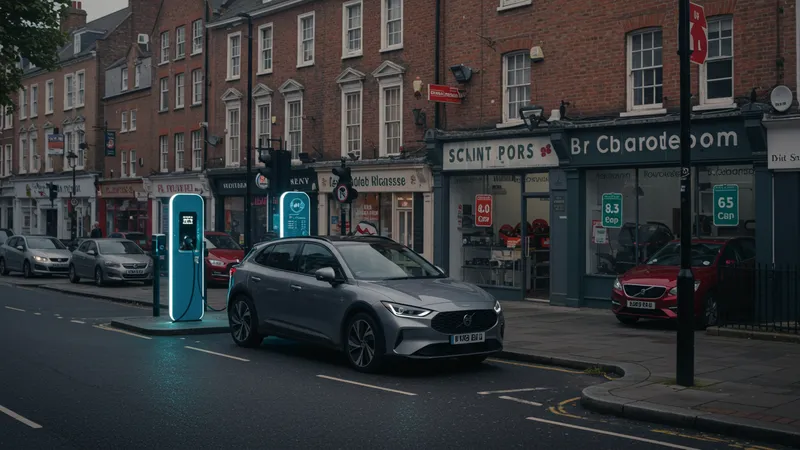
One striking trend is the growing demand for electric and hybrid vehicles across the UK, aligned with government policies to reduce emissions and phase out traditional petrol and diesel models. The Nissan Leaf, as one of the most popular and accessible electric vehicles on the used market, illustrates how preferences are shifting. Lower running costs and incentives have contributed to greater buyer interest—and rising resale values—for clean energy vehicles.
Digital transformation has also become a major factor, with platforms like Auto Trader and Cazoo streamlining every aspect of used car research and purchase. Buyers now compare hundreds of models, examine service histories, and negotiate remotely, making the process faster and often more transparent. Tesla's Model 3 exemplifies the draw of technology-rich vehicles, remaining highly sought-after due to its futuristic features and strong residual value.
Traditional petrol models such as the Ford Fiesta are still relevant, however, retaining buyer appeal thanks to their reputation for affordability, reliability, and ease of maintenance. These models tend to dominate the volume of used car sales, signalling that practical concerns remain a priority. Interestingly, supply constraints in recent years have driven up the prices of well-maintained examples—especially among popular British hatchbacks.
Across all these trends, the 2023 and 2024 UK used car market highlights a blend of innovation, value-seeking, and adaptation to regulatory changes. Those able to identify and understand why certain models outperform others are best positioned to navigate changing prices, demand, and supply. The deeper details reveal even more valuable insights ahead, explaining not just what's selling, but why certain vehicles and technologies continue to shape the British market...
When exploring the UK’s automotive landscape, market dynamics like demand trends, supply limitations, and regulatory changes play crucial roles. Notably, supply chain disruptions from recent global events have contributed to longer waiting times for new vehicles. This has pushed more buyers towards used cars, causing increased competition for quality models and a subsequent rise in used car prices. Electric vehicles like the Nissan Leaf and Tesla Model 3 have especially benefited from this demand shift, as buyers seek more sustainable transport solutions.
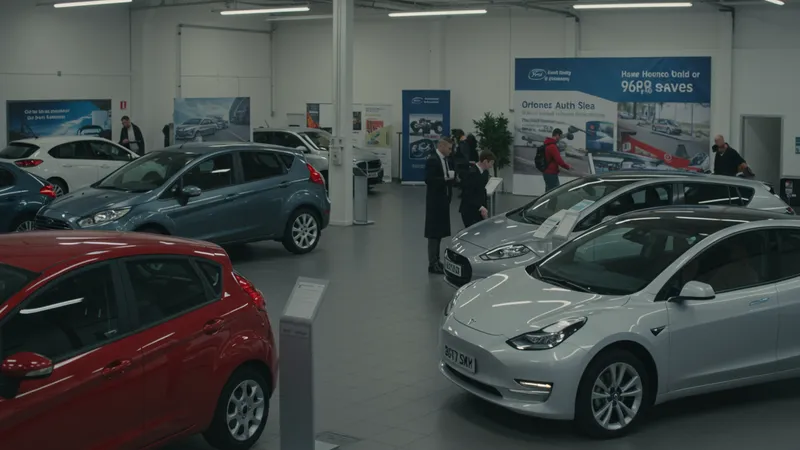
Consumer preferences in the United Kingdom are also shifting noticeably. The emphasis on lower emissions and long-term cost savings has increased popularity for electric and hybrid vehicles. Traditional models like the Ford Fiesta remain top sellers, but EVs are gaining market presence at a rapid pace. Features such as advanced safety systems, infotainment connectivity, and low running costs are now appearing higher on prospective buyers’ checklists.
Both the retail and wholesale sides of the used car sector have adapted to changing preferences with innovative approaches. Online-only dealerships and virtual viewing are becoming commonplace. Data-driven insights from platforms like Cazoo and Auto Trader reveal that cars meeting criteria for efficiency, tech, and reliability hold their value better and sell faster. For example, the Tesla Model 3’s reputation for autonomy and connectivity helps sustain its strong demand—even as newer models enter the market.
Pricing strategies in the UK also reflect these preferences and constraints. The average used price of the Ford Fiesta, for example, has climbed primarily due to its reputation for dependability amid short supplies. Conversely, incentives for used electric cars and growing charging infrastructure are gradually narrowing the price gap between EVs and their petrol or diesel counterparts. As demand evolves, successful buyers and sellers remain adaptable to these fast-moving factors.
The UK government’s ambitious plan to phase out new petrol and diesel car sales by 2030 has already influenced buyer priorities. Electric vehicles such as the Nissan Leaf and Tesla Model 3 are receiving stronger consideration, even in the used market. This trend is attributed not only to regulatory direction but also to lower running costs, zero congestion charges, and exemptions from certain taxes—significantly affecting ownership decisions for city dwellers.
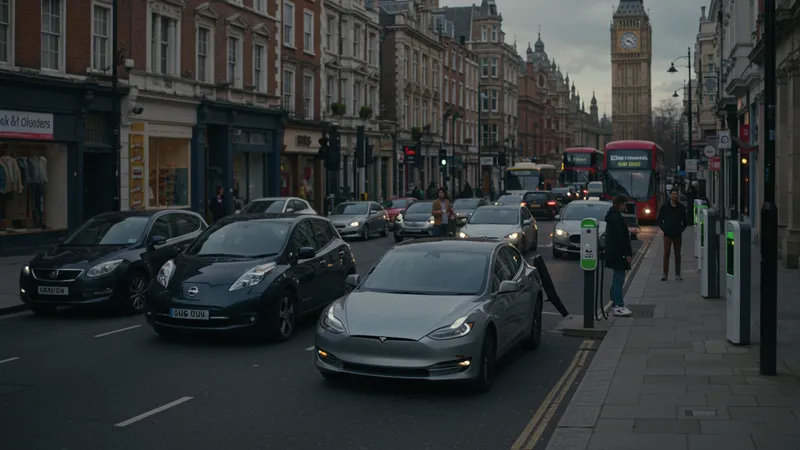
However, battery longevity and charging infrastructure are common concerns among used EV buyers. Despite the Nissan Leaf’s affordable second-hand pricing, buyers often inquire about battery health and warranty options before committing. The increasing number of public charging points—now exceeding 45,000 nationwide—has gradually reduced hesitation, especially in major UK urban centres. These developments make electric vehicles more practical and attractive than ever before.
Additionally, rising fuel prices in the United Kingdom further incentivise consumers to explore alternatives to petrol and diesel. As a result, many motorists are trading in their older cars sooner, opting for newer, more efficient vehicles. Hybrids and plug-in hybrids serve as transitional options, but full-electric offerings like the Model 3 are rapidly becoming mainstream, especially for tech-savvy buyers.
Lower maintenance costs and the promise of future-proofing are strong selling points for pre-owned EVs. However, potential buyers are advised to consider software update support, real-world driving range, and total cost of ownership over several years. Consequently, buyers who do their homework on features and battery certification are more likely to resell their car at competitive prices or benefit from sustainable driving cost advantages in the UK context.
Technology’s role in the UK auto market cannot be overstated. Digitised platforms now dominate how British consumers research, compare, and purchase vehicles. Platforms like Auto Trader and Cazoo have transformed the process, enabling buyers to filter by age, model, price, and even view 3D inspections or book test drives remotely. This transparency and convenience have helped build trust, particularly for higher-value transactions such as electric vehicles.
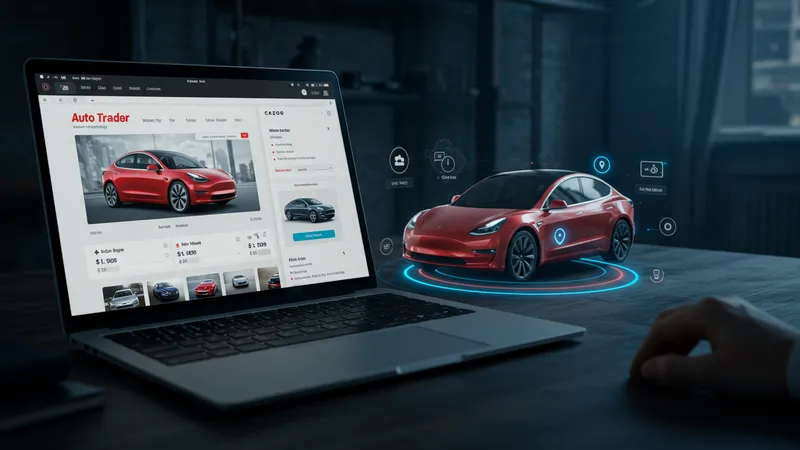
Connected and smart car technologies are also influencing used car desirability. The Tesla Model 3’s advanced infotainment, over-the-air updates, and partial self-driving abilities make it a standout for buyers interested in technology-forward mobility. For these buyers, in-car tech and regular software improvements often outweigh considerations around traditional driving experience or fuel type.
Even mainstream models like the Ford Fiesta are now equipped with connectivity features such as smartphone integration, driver assistance systems, and digital service histories. These features boost resale value and broaden the car’s appeal across demographics. UK dealers are responding by training staff to explain these benefits and certify software or hardware upgrades in used inventory, supporting buyer confidence further.
With online purchasing becoming standard, many British consumers feel empowered to access vehicles from beyond their immediate locality. This expanded reach allows buyers to identify the best value and benefit from regional pricing differences, while sellers attract broader demand for well-maintained, feature-rich vehicles. The ongoing digital shift is likely to remain a dominant theme in the UK car market, driving new expectations for both buyers and sellers going forward.
As environmental concerns grow, sustainability has become central to purchase decisions for many UK motorists. Besides emissions, buyers now consider lifecycle impacts, recyclability, and overall environmental footprint of the vehicles they own. Electric models like the Nissan Leaf stand out for their lower emissions and cost of ownership, supporting both governmental objectives and consumer values. Sustainability is also increasingly factored into used car valuations, as evidenced by preferential financing rates for low-emission models from select UK lenders.
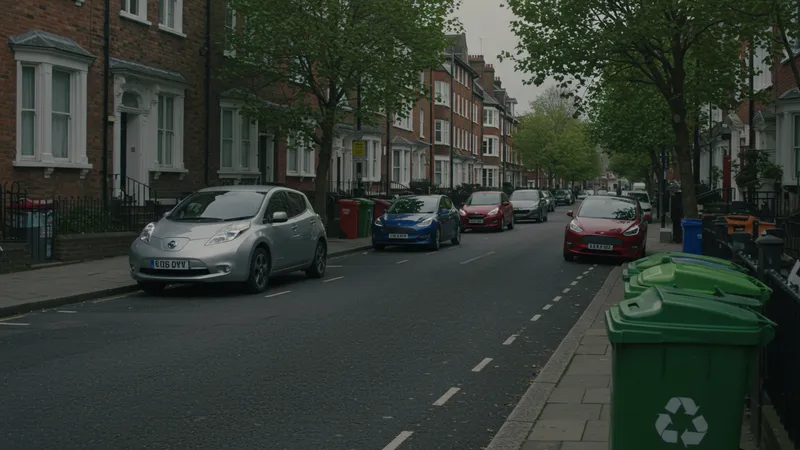
Value retention continues to be a prominent focus in the UK used car segment. Certain models, such as the Ford Fiesta, consistently show strong residual values due to their reliability and mass-market appeal. Electric cars, especially those with certified battery health and robust manufacturer support (like the Tesla Model 3), are closing the depreciation gap with traditional petrol vehicles as technology matures and becomes widely trusted by British drivers.
Government schemes, such as the UK Plug-In Car Grant (ending for new cars but still influencing used values), clean air zones, and evolving MOT requirements, all play roles in shaping the future of what is demanded—and what retains value—in the second-hand UK market. As policies become ever more supportive of sustainability, expect further evolution in both consumer behaviour and available inventory.
Looking ahead, the fusion of consumer desire for convenience, low running costs, and social responsibility means the UK’s used car market will remain a bellwether for broader automotive and societal trends. Whether tracking the surge in electrification, the influence of technology-rich platforms, or the continued rise in buyer expectations, future success will rest on understanding these interconnected changes and adapting strategies accordingly.